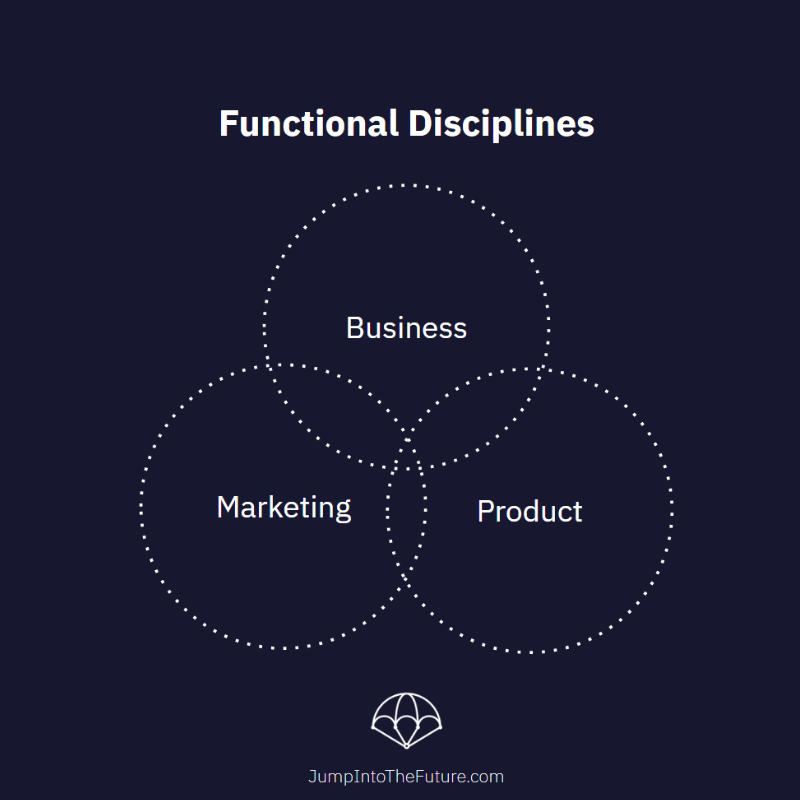Everyone says they have a strategy.
Few can explain what makes a strategy good. In the age of AI, where execution is faster and cheaper than ever, knowing what makes for good strategy will be the difference maker in your career and business.
Ideas and tools to execute them are abundant, but clear strategic direction is scarce.
This post unpacks what strategy really is, and the tests that separate good strategy from the rest.
We hear the word "strategy" thrown around constantly in the business world. Everyone has one, or so they say. We talk about marketing strategy, growth strategy, digital strategy … the list goes on.
But here's a crucial question: Is your strategy actually good?
Many brilliant people and successful companies fall into the trap of what can only be called "bad strategy."
So, let's cut out the bullshit and dive into it.
Benefits And Barriers Are All That Matters
If you’re reading this, you already know strategy isn’t a grand objective, a clever plan, or a flashy tactic. Those are rookie mistakes.
You also know that “gut feel” isn’t enough to judge quality, although that is the approach the vast majority take because they do not have a filtering system for judging strategy.
So what is good strategy?
Good strategy has only two ingredients: benefits and barriers.
Benefit – the advantage your business gains and compounds.
Barrier – what keeps rivals from copying or erasing that advantage.
Ask two questions of any strategy:
What lasting benefit will this create for us?
What barrier will keep competitors from stealing it?
If you can’t answer both, your strategy isn’t good, no matter how pretty the deck is.
I also invite you to ask ChatGPT, Gemini, or Claude the question, “what is good strategy?”.
You’ll find that AI systems pull from so many sources that it can’t distill strategy into a filter this simple.
You could stop reading here and you would now have a filter for what makes for good strategy.
But let’s explore more about why this filter is the right lens for evaluating strategy.
First, I Didn’t Invent The Benefit + Barrier Filter
If you’ve read 7 Powers, you’ll notice Helmer builds his entire framework on this same logic: a benefit that compounds and a barrier that blocks copycats.
His book lists seven classic ways companies do this, i.e. scale economies, network effects, switching costs, and so on.
What Helmer doesn’t spell out is just how universally powerful the benefit-and-barrier lens is. Once you notice it, you can’t unsee it.
Here’s the punch line:
It’s the simplest strategy-quality check I’ve found.
It works in any industry or situation where strategy matters.
It pairs with every other framework and exposes gaps in any strategy recommendation.
Why Do Benefits And Barriers Capture The Idea of Good Strategy So Well?
Benefits + barriers is a universal test because competition and scarcity exist everywhere—from courts to battlefields to boardrooms. Strip away the context and every strategic contest still boils down to two questions:
Benefit: What lasting edge does this move give me?
Barrier: What stops my rival from copying or neutralizing it?
Think of it as first principles for advantage.
Basketball example: Golden State’s three-point revolution
When the Warriors turned the floor into a 30-foot shooting gallery, they gained the benefit of more points per possession and wider driving lanes. The barrier was roster-level: few teams had a Steph-and-Klay caliber backcourt or the years of muscle memory to run that motion offense. Result: five straight Finals.
Military example: Hannibal at Cannae (216 BCE)
Hannibal’s double-envelopment produced the benefit of annihilating a larger Roman force in a single day. The barrier was a unique mix of superior cavalry, terrain prep, and elite coordination, were assets Rome could not replicate on that field. Outcome: one of history’s most studied victories.
Everyday example: Your personal career
Choose a rare skill you develop (benefit) and build a reputation network that vouches for you (barrier). The logic scales from empires to résumés because the underlying math of, gain an edge + protect the edge, never changes.
Keep Competitive Context Front and Center
If you forget to take into account your competition, your “benefit” could most likely be a feature.
If you don’t take into account copycats or how easy it might be for a competitor to counter your strategy, then your “barrier” will crumble.
Always evaluate both through the lens of who else is fighting for the same customers, both direct and indirect competition.
Strategy Frameworks Are Tools, But They Do Not Guarantee Good Strategy
Strategy frameworks, canvas, and tools exist to help you create and spot benefits and build barriers. But even great tools can misfire if:
You never ask, “Does this output create a real benefit and barrier?”
You stop at one framework instead of combining the right few across Business, Marketing, and Product.
A skilled strategist stitches multiple frameworks together until the benefit is real and the barrier is durable.

Functional Drill-Down
Business, marketing, and product teams can each create strategy deep inside their lane. The trick is to ensure every micro-strategy either creates a new benefit/barrier or amplifies another team’s effort.
Business – Does the funding model or partnership lock in a cost or supply edge?
Marketing – Does the brand story carve out memory space competitors can’t invade?
Product – Does usage make the product better (data flywheel), stickier (switching costs), or more visible (brand amplification)?
Nike × Michael Jordan: a layered benefit-and-barrier masterclass
Product: a signature shoe engineered around Jordan’s specs—unique performance + design cachet.
Marketing: “Air Jordan” storytelling that made the athlete the brand.
Business: unheard-of royalty structure giving Jordan equity-like upside, binding him (and his cultural capital) to Nike for decades.
Each pillar executed its own strategy, but the moves stacked into one giant benefit for Nike—and one hell of a barrier for every competitor since.
Knowing Good Strategy Is Half the Battle
Understanding benefits and barriers is the first leap. The next is building a repeatable system that spits out strategies which pass that test every time.
Skip the filter and you’ll drown in frameworks.
Embrace the benefits-and-barriers filter and your strategic operating system becomes a growth moat-making machine.

